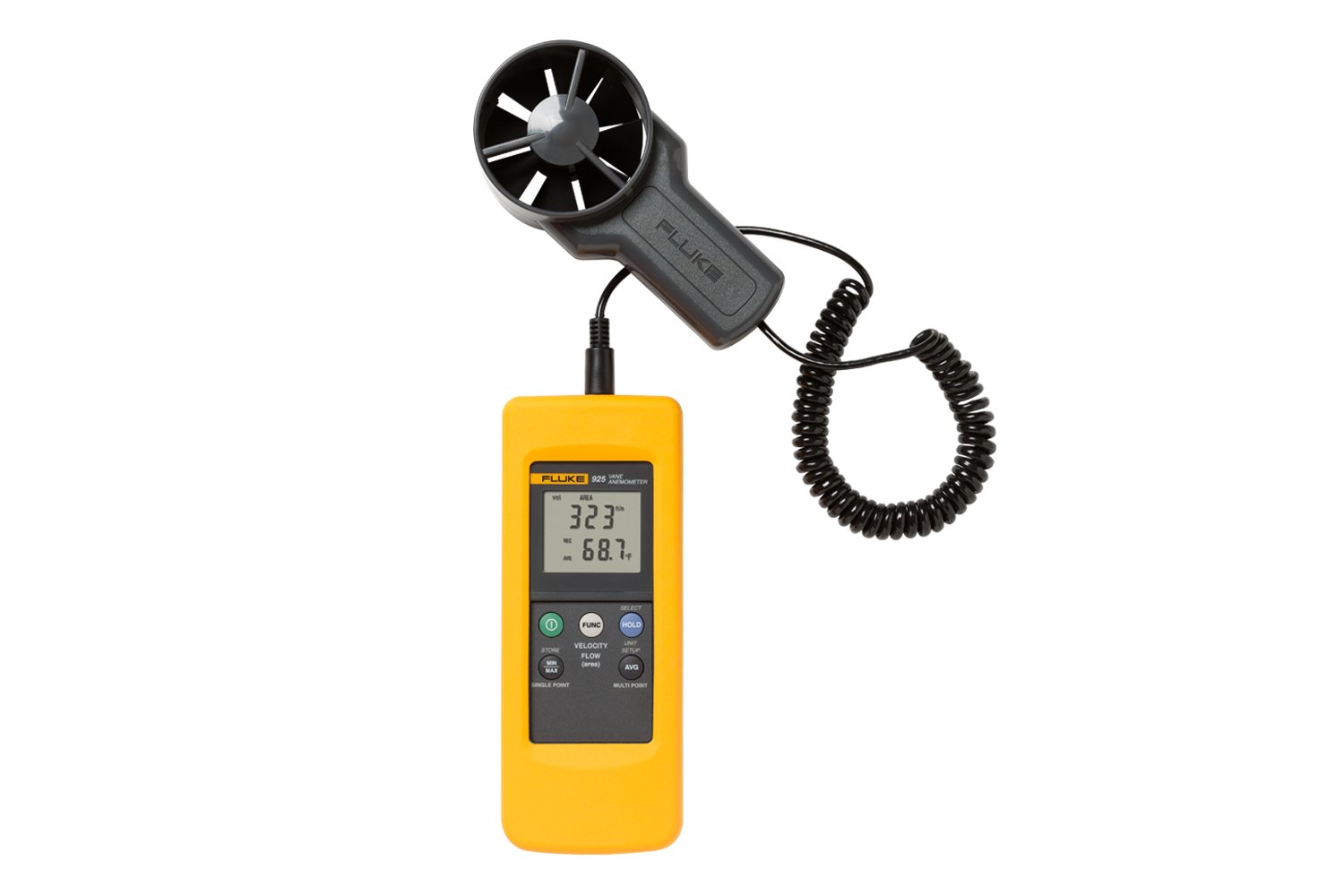Expert Tips for Adjusting Your Anemometer for Optimal Efficiency
Expert Tips for Adjusting Your Anemometer for Optimal Efficiency
Blog Article
All You Need to Know Regarding Anemometers: Exactly How They Work, Why They Issue, and Where to Utilize Them
Anemometers, though frequently forgotten in the realm of clinical instruments, play a vital role in different fields, offering important understandings into wind rate and airflow patterns. As we dig into the details of anemometer modern technology, we will uncover the inner operations of these gadgets, their relevance, and the crucial factors to consider when selecting the right anemometer for specific applications.

Anemometer Basics
A vital instrument used to gauge wind rate and instructions, the anemometer plays a vital role in meteorology and various sectors. An anemometer generally is composed of 3 or 4 cups that turn in the wind, a vane that aims into the wind, and sensing units to track the movements or rotations.
There are various kinds of anemometers readily available, including mug anemometers, vane anemometers, hot-wire anemometers, and sonic anemometers, each with its distinct features and applications. Mug anemometers are generally used for standard wind rate dimensions, while vane anemometers are chosen for directional measurements. Hot-wire anemometers are ideal for reduced airspeeds, and sonic anemometers are suitable for high-precision measurements in study and commercial setups. Understanding the basics of anemometers is essential for accurate wind information collection and analysis across various fields.
Concepts of Anemometer Operation
Building on the fundamental understanding of anemometer basics, the principles of anemometer procedure illuminate the auto mechanics behind wind speed and instructions dimensions. Anemometers run on the concept of air movement influencing a sensing unit, creating it to revolve. Cup anemometers, as an example, have 3 or more mugs that catch the wind, triggering them to rotate faster as the wind rate boosts. The turning speed is after that converted right into a wind rate measurement. Vane anemometers, on the other hand, make use of a tail or a probe that straightens itself with the wind direction, supplying a dimension of wind instructions based on the orientation of the sensor. Hot-wire anemometers rely upon a warmed cable that cools as wind overlooks it, with the price of cooling down establishing the wind rate. Ultrasonic anemometers measure wind rate and instructions by evaluating the moment it considers ultrasonic signals to travel between transducers. Recognizing these concepts is important for trustworthy and exact wind dimensions in numerous applications.
Importance of Anemometers
Anemometers play an essential function in measuring wind speed and direction, giving necessary data for weather projecting, climate research studies, ecological tracking, and aeronautics operations. Meteorologists count on anemometers to collect precise wind information, aiding them understand climate patterns, forecast storms, and concern timely cautions to the public. Wind farm drivers use anemometers to analyze wind conditions and make best use of electricity manufacturing from wind turbines.
Applications Throughout Different Industries
Applications of anemometers cover throughout varied sectors, showcasing their convenience and energy beyond weather forecasting. In the renewable energy market, anemometers play a critical function in examining wind conditions for wind ranch placements, making sure optimum power manufacturing. Industries like construction and mining utilize anemometers to monitor wind rates, important for safety procedures, especially when working at heights or in open-pit mines where solid click over here winds can posture hazards. Anemometers are also important in the aeronautics industry, assisting pilots in recognizing airspeed and wind instructions for risk-free take-offs and touchdowns. The maritime industry benefits from anemometers for ship navigation, assisting sailors prepare for climate modifications and adjust courses appropriately. In agriculture, anemometers aid farmers in taking care of crop spraying by providing real-time data on wind speed to prevent drift. Anemometers discover applications in HVAC systems to enhance airflow and improve energy effectiveness in buildings. The diverse usage instances of anemometers underscore their importance throughout various sectors, highlighting their important duty in improving operational safety and security and efficiency (anemometer).

Choosing the Right Anemometer for Your Requirements
Selecting the proper anemometer tailored to your certain demands is crucial for click reference obtaining accurate wind rate and direction measurements. When selecting an anemometer, take into consideration factors such as the intended application, needed measurement variety, environmental problems, and wanted features. For basic purposes, a cup anemometer is suitable for measuring wind rate, while a vane anemometer offers wind instructions information. Hot-wire anemometers are optimal for low airspeed measurements, and ultrasonic anemometers offer high accuracy and sturdiness.

Verdict
In final thought, anemometers play an important function in gauging wind speed and instructions across various industries. It is vital to think about the value of anemometers in order to make educated decisions when selecting the most ideal device for determining wind problems.
There are various kinds of anemometers offered, consisting of cup anemometers, vane anemometers, hot-wire anemometers, and sonic anemometers, each with its one-of-a-kind features and applications. Mug anemometers are commonly made use of for fundamental wind speed measurements, while vane anemometers are chosen for directional dimensions. Hot-wire anemometers are appropriate for reduced airspeeds, and sonic anemometers are perfect for high-precision measurements in research and industrial settings.Building on the foundational understanding of anemometer basics, the principles of anemometer procedure clarify the auto mechanics behind wind rate and direction dimensions. For basic objectives, a mug anemometer is ideal for determining wind rate, while a vane anemometer supplies wind direction information.
Report this page